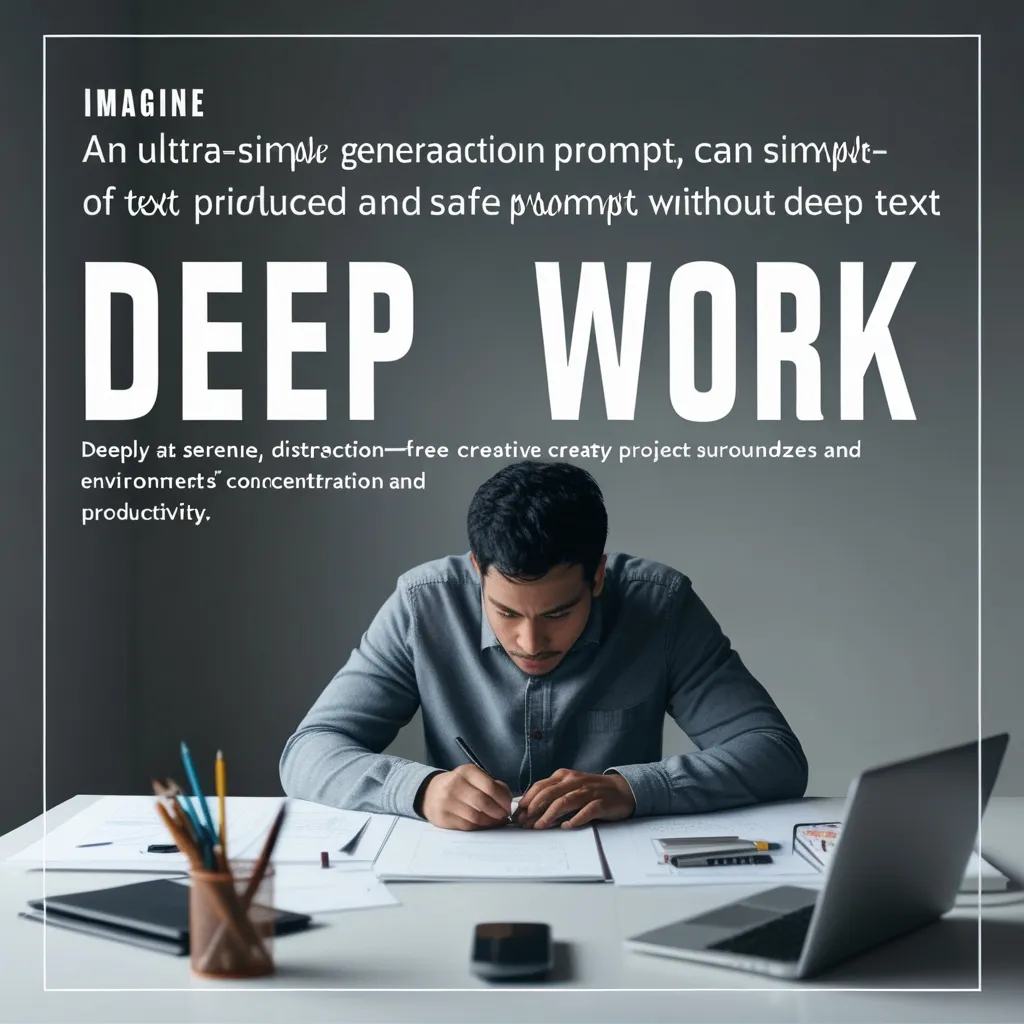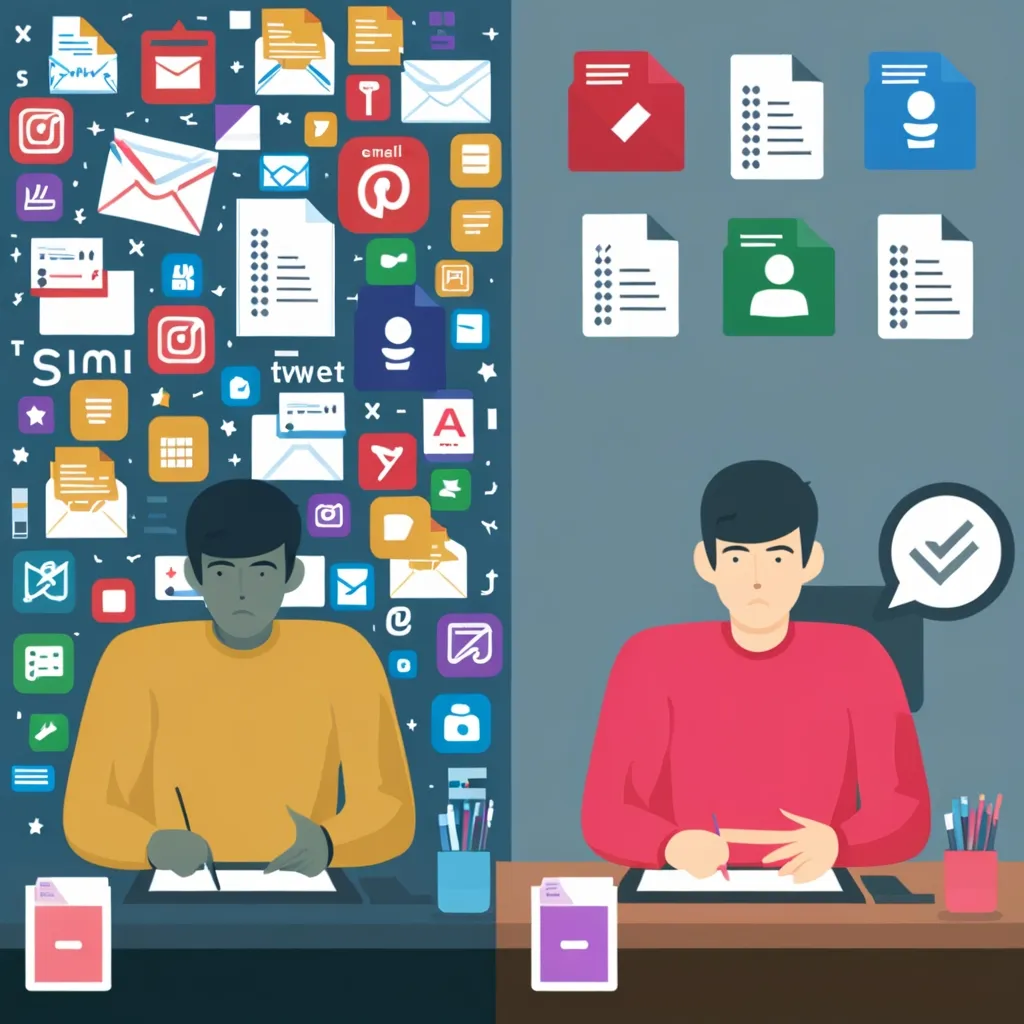In today’s world, everything happens at lightning speed. Deadlines are tighter, workloads are larger, and the constant stream of information seems never-ending. Whether you’re a student, a professional, or just someone who enjoys reading, mastering the art of speed reading can be a total game-changer for you.
Understanding why some of us read slower than others is the first step. Many of us engage in a little habit called subvocalization—that’s when you pronounce the words in your head as you read. This habit can really slow you down because you’re essentially slowing your reading pace to your speaking pace. Breaking this habit can make a huge difference.
Let’s look at a few techniques to help boost your reading speed.
One effective way to stop subvocalizing is by keeping your mouth busy with tasks like chewing gum, humming, or even repeating vowel sounds like “A-E-I-O-U” as you read. These distractions keep your brain from vocalizing the words on the page, helping you read faster.
Hand pacing is another great technique for speed reading. This is where you use your finger or a pointer to guide your eyes as you read. This technique was developed by Evelyn Wood and has been helping people maintain focus for years. Just move your finger or a pointer across the text, and your eyes will naturally follow, boosting your reading speed while keeping you focused.
Skimming and scanning are essential to speed reading. When you skim, you quickly go over the text to get an overview and pick out key points. Look for headings, subheadings, bullet points—anything that summarizes the main ideas. This strategy helps you understand the structure of the material quickly and zero in on the most important information.
Reading in chunks can greatly improve your speed. Instead of focusing on individual words, try to read groups of words at a time. This reduces the number of eye movements and bumps up your reading pace. Practice reading phrases or even sentences as single units to get better at this.
Many of us fall into the habit of backtracking, or what some call “visual stammering.” This is where your eyes keep bouncing back to words you’ve already read. This can slow you down significantly. To avoid this, be mindful whenever you catch yourself doing it. Using a finger or pointer can also help prevent backtracking.
There are plenty of tools and apps available that can help you practice speed reading. Apps like Spreeder flash chunks of text on the screen at a preset speed, training your eyes to read more quickly. Start with a speed that’s comfortable for you and then gradually increase it as you become more confident.
Setting a reading goal can keep you on track. Before diving into a text, decide how much you aim to read within a certain time frame. This keeps you focused and motivated. Asking yourself questions like “Who, What, Where, When, Why, and How” can also ensure you stay engaged and understand the material.
Previewing the material is a smart move. Spend a few minutes looking over the table of contents, headings, and any summaries or abstracts. This gives you an overview of what you’re about to read and helps you focus on the most critical parts.
Using your peripheral vision can also speed up your reading. Most people focus on the center of the page, but you can train yourself to read faster by looking at the middle and taking in the words on either side without moving your eyes. This technique can seriously crank up your reading speed.
Here are a few extra tips to make speed reading even more effective.
Try reading the first and last sentences of each paragraph to grasp the main idea without getting bogged down in details. Listening to classical music might also help you stay focused and relaxed, which could improve your pace. Consistency is key here, so set aside time each day to practice these techniques.
One challenge of speed reading is making sure you actually understand what you’re reading. After finishing a section, try summarizing the main points in your own words to make sure you’ve absorbed the information. This reinforcement ensures you’re not just rushing through the text without understanding it.
Putting all these techniques together isn’t just about speed; it’s about efficiency and retention too. Combining methods like hand pacing, skimming, and reading in chunks can help you read faster without sacrificing comprehension.
Remember, practice is crucial. Start slow and gradually pick up the pace as you get more comfortable. With consistent practice, you’ll find that you can read faster, retain more information, and manage your time better.
Incorporating these techniques into your daily routine can significantly boost your productivity and learning. Whether you’re reading for work, school, or just for fun, mastering the art of speed reading can be a valuable tool in all areas of your life. So why wait? Start practicing these techniques today and watch yourself become a faster, more efficient reader.






